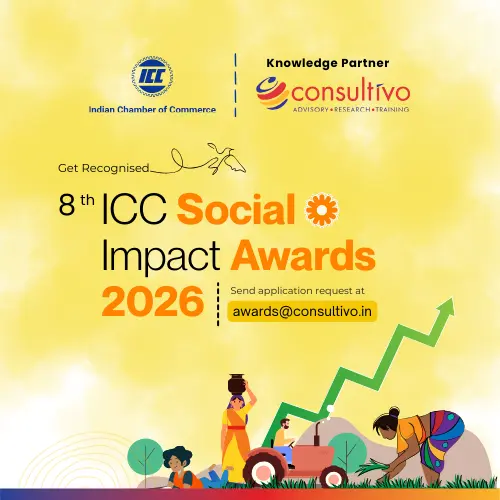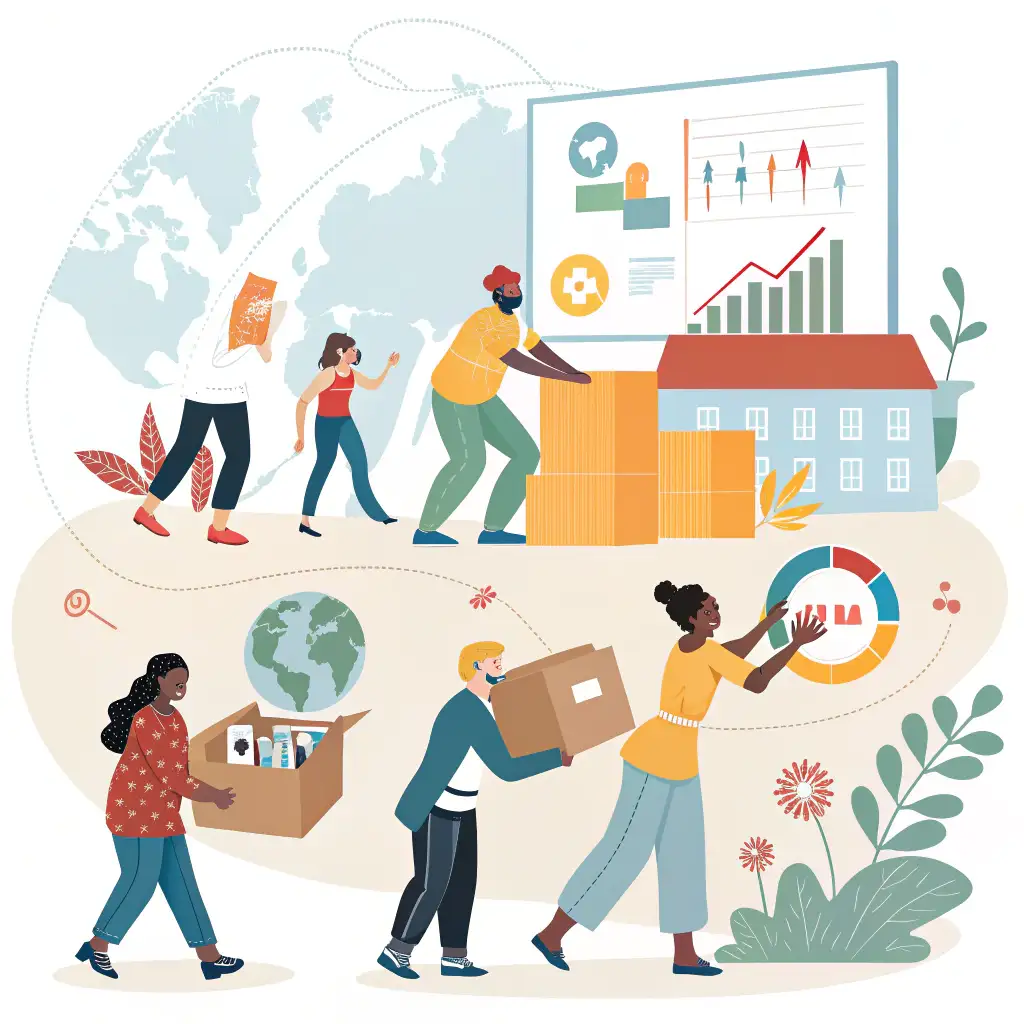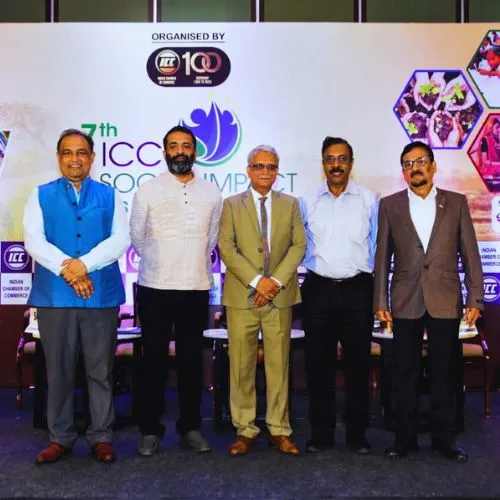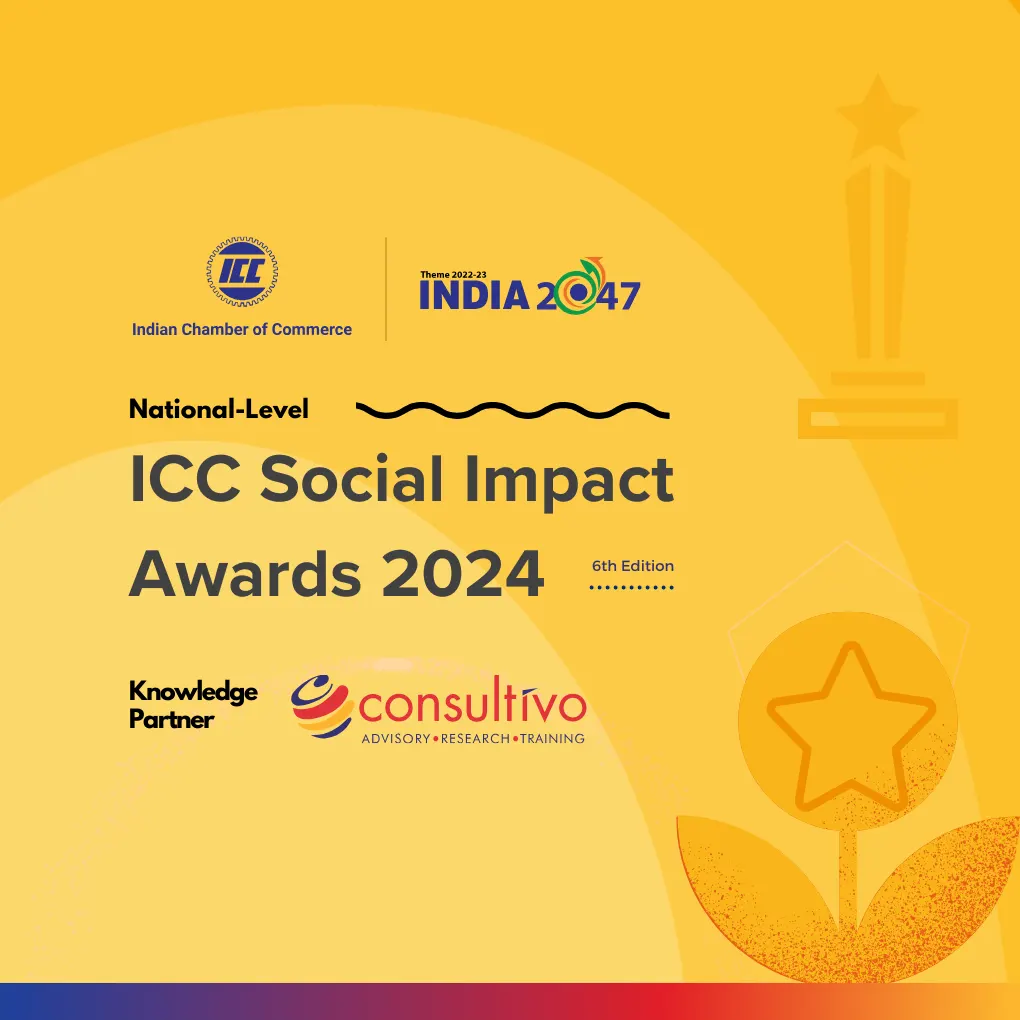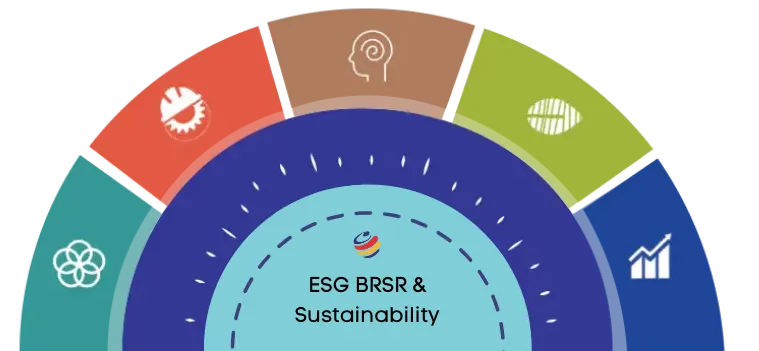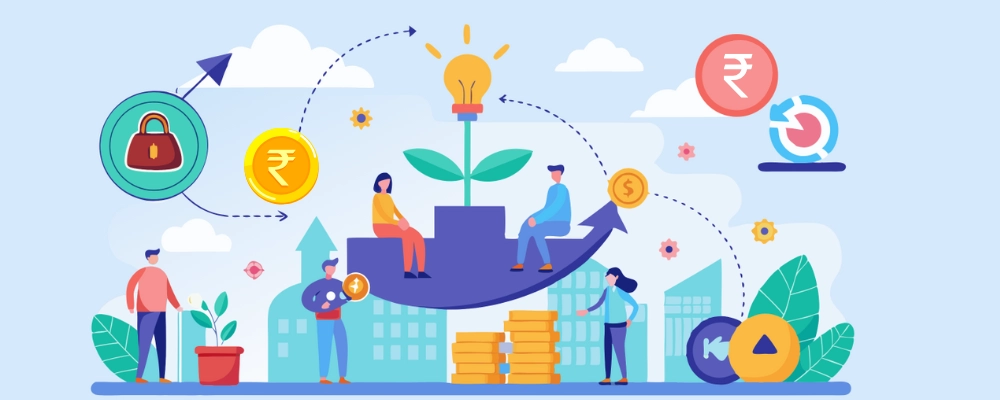
Social Return on Investment (SROI) is evolving – measuring what truly matters with a simpler, smarter approach.
Today, measuring success goes far beyond financial performance. Organisations—whether non-profits, businesses, or public bodies—are being asked to show the wider effects of their work on society, the environment, and the economy. This shift in expectations is where Social Return on Investment (SROI) plays a crucial role.
SROI helps organisations understand and communicate how much social value they create for each unit of investment. But traditional SROI methods can be time-consuming, overly technical, and sometimes focus too much on the final number.
This article introduces a new approach to social return on investment SROI—one that puts learning, adaptability, and stakeholder engagement at the centre of impact measurement.
What you will find here
What is SROI?
SROI definition and purpose
Social Return on Investment (SROI) is a framework for measuring and assigning monetary value to the broader outcomes of an organisation’s work.
These outcomes are often intangible or non-financial, such as improved mental health, better education, or cleaner neighbourhoods.
For example, if a youth employment programme helps people find jobs, its SROI might include not just the direct salary gains, but also reduced reliance on welfare, improved self-esteem, and lower crime rates.
All of these outcomes can be valued and included in the SROI calculation.
The main aim of SROI analysis is to:
- Capture all significant outcomes
- Value them in monetary terms where possible
- Provide a clear picture of overall impact
- Help organisations make better decisions
SROI – Social Return on Investment-Reporting
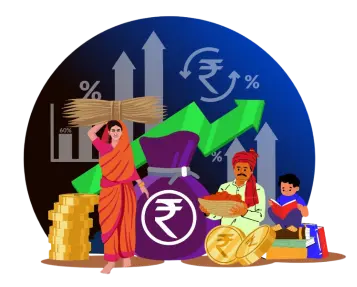
Why social return on investment matters
Organisations across sectors are using SROI to demonstrate value and improve decision-making:
- Social enterprises and NGOs use SROI to show funders how their work benefits people and communities.
- Impact investors want to see the social returns on investment along with financial results.
- Corporate CSR teams apply SROI to measure how well their community programmes work.
- Governments and development agencies use it to decide how public money is spent and which programmes deliver the most value.
In all cases, SROI social return on investment helps justify investments, prioritise actions, and show accountability.
What are the challenges with traditional SROI?
While useful, older SROI frameworks can have drawbacks:
Over-focus on the ratio
Many reports end with a headline figure like “Our SROI is 4:1”. While impressive, this can be misleading if the process behind the number isn’t clear or if important outcomes are left out.
Difficulties in valuing outcomes
Putting a price tag on improved confidence or environmental benefits is not easy. It often requires using proxy values or assumptions, which may not always be accurate or accepted.
Resource-heavy process
A full SROI calculation can take weeks or months and often needs trained specialists. This puts pressure on smaller organisations that lack time, budget, or expertise.
Limited stakeholder voice
Some SROI studies only lightly involve stakeholders. But without their input, the outcomes being measured might miss the most meaningful changes.
A new approach to Social Return on Investment (SROI)
The new approach to SROI shifts the focus from creating a single ratio to creating value through learning and decision-making. It is simpler, more flexible, and more people-centred.
From final ratio to learning process
Instead of focusing mainly on the end number, the new SROI model treats the whole process as a learning tool. It encourages organisations to ask:
- What changes are we truly making?
- How are different people affected?
- What can we do better?
The aim is to understand the real impact, even if it cannot always be expressed in money.
Ongoing stakeholder involvement
In this updated approach, stakeholders – such as beneficiaries, employees, and community members – are included at every stage.
Their input helps define relevant outcomes and ensures that the analysis reflects real experiences.
This engagement can happen through surveys, interviews, focus groups, or even co-design workshops.
Simpler valuation and clear assumptions
Rather than trying to assign exact prices to every outcome, the new method uses best estimates and is transparent about assumptions. It accepts that not everything can be perfectly valued – and that’s okay.
Use of digital tools and platforms
A robust CSR Impact Assessment is the starting point for any effective Social Return on Investment (SROI) analysis. It helps organisations understand the actual changes brought about by their CSR initiatives—social, environmental, or economic—and forms the evidence base for measuring outcomes.
Whether you’re working on an education, health, or livelihood project, a well-executed impact assessment of CSR projects ensures that all significant changes are identified, valued, and included in the SROI process. This makes it a vital step in mapping real-world impact.
With the rising emphasis on impact assessment in CSR, especially as mandated by the impact assessment of CSR projects under Companies Act 2013, companies are expected to go beyond activity reporting. They must demonstrate effectiveness, relevance, and stakeholder value.
A qualified CSR impact assessment agency can help in meeting these requirements while also strengthening strategic decisions. Whether it’s impact assessment under CSR guidelines, compliance with CSR assessment norms, or using insights for long-term value creation, the process adds credibility and depth to your SROI calculation and overall impact reporting. Learn more about how
Consultivo helps private & public sector companies, trusts, foundations & implementation agencies in the areas of Strategy, Implementation, Monitoring, Evaluation & Impact Assessment.

How to calculate SROI: Step-by-step guide
Even with a fresh approach, the process of SROI calculation follows a structured path. Here are the main steps:
Step 1: Define scope and stakeholders
Decide which project, programme, or activity you are analysing. Identify all key stakeholders who are affected—positively or negatively.
Step 2: Map the outcomes
Use a theory of change to map how your activity leads to outcomes. Outcomes should be:
- Clear
- Measurable
- Attributable to your activity
Example: If you provide financial literacy workshops, an outcome could be “participants improve budgeting skills”.
Step 3: Evidence the outcomes
Collect data to show whether these outcomes actually happened. Use a mix of:
- Surveys or interviews
- Case studies
- Administrative data
Also consider “deadweight” (what would have happened anyway) and “attribution” (how much of the outcome is due to your efforts).
A well-executed CSR impact assessment provides the evidence needed to make SROI calculations more accurate, credible, and actionable. It ensures that the value assigned to outcomes is rooted in actual field data and stakeholder feedback.
Whether it’s an education programme, a livelihood project, or a health intervention, the impact assessment captures the real-world effects of the initiative, enabling organisations to move beyond assumptions and measure social value with confidence.
Step 4: Value the outcomes
Use reasonable proxies or estimates to assign monetary values. This might include:
- Market prices (e.g. cost of counselling avoided)
- Public data (e.g. cost to NHS for certain conditions)
- Willingness-to-pay surveys
Step 5: Calculate the ratio
Use this formula:
SROI = Total value of outcomes ÷ Total value of inputs
This gives a ratio such as 2:1 or 5:1. But remember, the number is just one part of the story.
Forecast SROI vs Evaluative SROI
There are two ways to apply SROI:
Forecast SROI
This is used before a project starts. It helps estimate potential impact and is useful for proposals or planning. It relies on expected outcomes and assumptions.
Evaluative SROI
This is done after a project is running. It uses actual results and data to show what really happened. It’s often more accurate and better for learning.
Both types of SROI social return on investment can support strategic decisions.
The role of social value and ethics in SROI
The updated SROI framework also puts emphasis on values. It follows these principles:
- Involve stakeholders
- Understand actual changes
- Value the things that matter
- Include only material outcomes
- Don’t overclaim
- Be transparent
- Verify results
These ethical principles help ensure that social return on investment remains fair, honest, and useful.
Why a new approach to SROI is needed now
Organisations today are dealing with complex issues—climate change, inequality, health, and more. Traditional financial reporting alone cannot guide us through these challenges. We need tools that look at the full picture.
Social return on investment SROI, when applied thoughtfully, gives us a clearer view of:
- What works and what doesn’t
- Where change is happening
- How to allocate resources better
- How to earn trust from stakeholders
By focusing less on perfection and more on learning, the new SROI approach becomes a valuable tool for organisations of all sizes and types.
Maximizing the Impact of CSR Projects: The Role of Theory of Change (ToC)
Key terms at a glance
SROI
SROI ratio
The amount of social value created for each £1 invested
SROI analysis
The process of evaluating and reporting SROI
Social value
The total value created through social, environmental, and economic outcomes
SROI framework
The steps and principles used in calculating SROI
Social impact measurement tools
Digital or manual tools to track outcomes and impact

Let's discuss
Share this post
Category: Blog
Tags: Social & Sustainability, Sustainability Reporting, CSR
About the author
CEO at Consultivo
Saikat Basu is a long time sustainability and risk management professional and entrepreneur. He is having a diversified exposure to various management practices in the areas of strategic leadership, organisation excellence, financial management and people engagement.
He has worked intensively with 200+ national and international standards on responsible business. He is a member of several sustainability (SHE Award, Environmental Excellence, Social Impact) award program design & jury committee. He is a passionate blogger and visiting faculty in academics.
Related insights
View more in Impact Stories | Blogs | Knowledge Bank | News and Events


